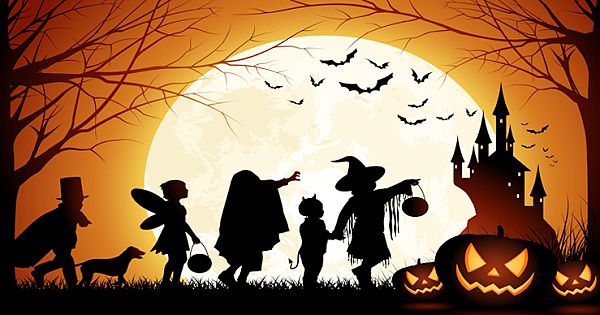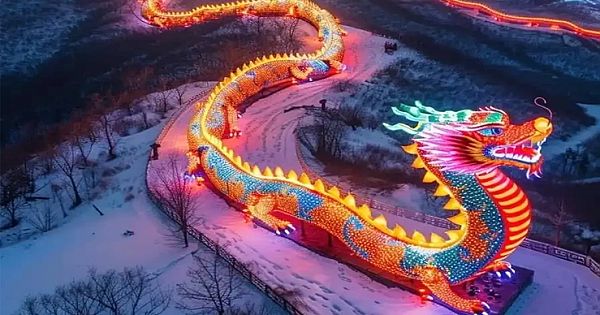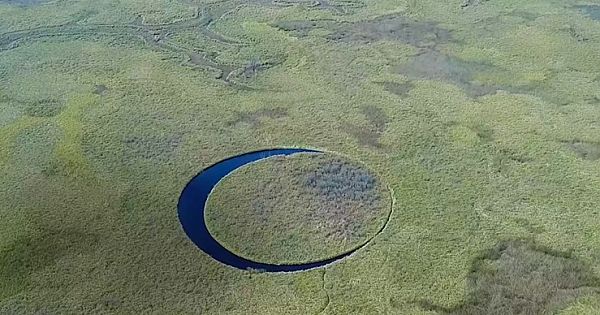We All Know Rainbows But Have You Ever Seen a Moonbow – A Night Rainbow Lit By the Moon?
A moonbow (also known as a moon rainbow or lunar rainbow) is a rainbow produced by moonlight instead of direct sunlight. Apart from the light source, its formation is no different from that of a solar rainbow: it is created by light being reflected in water droplets in the air caused by rain or a waterfall, for example. They are always positioned on the opposite side of the sky from the Moon relative to the observer.
Moonbows are best viewed at and around full moon, when the Moon is at or nearest to its brightest phase and is not obscured by clouds. For moonbows to to appear, the Moon must be low in the sky (at an elevation of less than 42 degrees, preferably lower) and the night sky must be very dark. But since the sky is not completely dark on a rising/setting full moon, moonbows can only be observed two to three hours before sunrise, or two to three hours after sunset. And, of course, there must be water droplets (e.g. from rain or spray) in the sky, opposite the Moon. Lunar rainbow over Kihei, Maui, Hawaii, US. Image credit: Arne-kaiser




